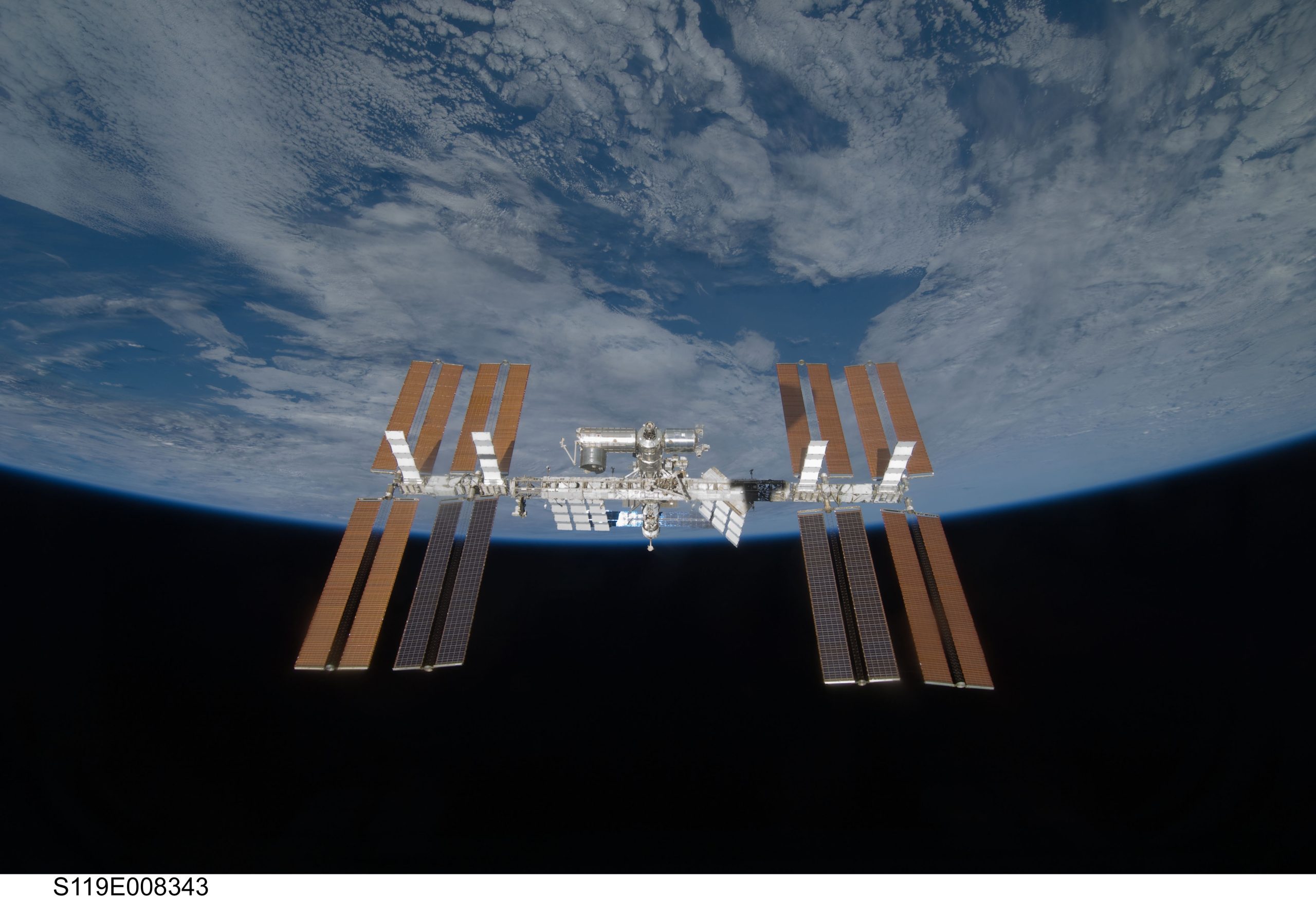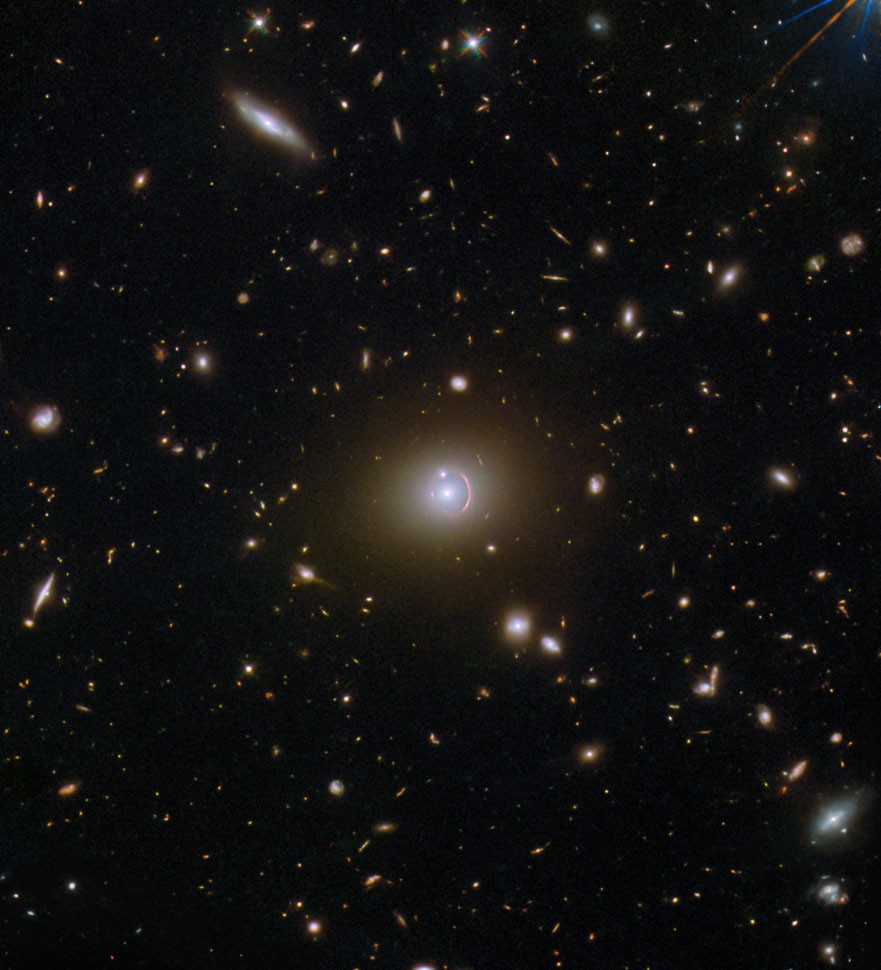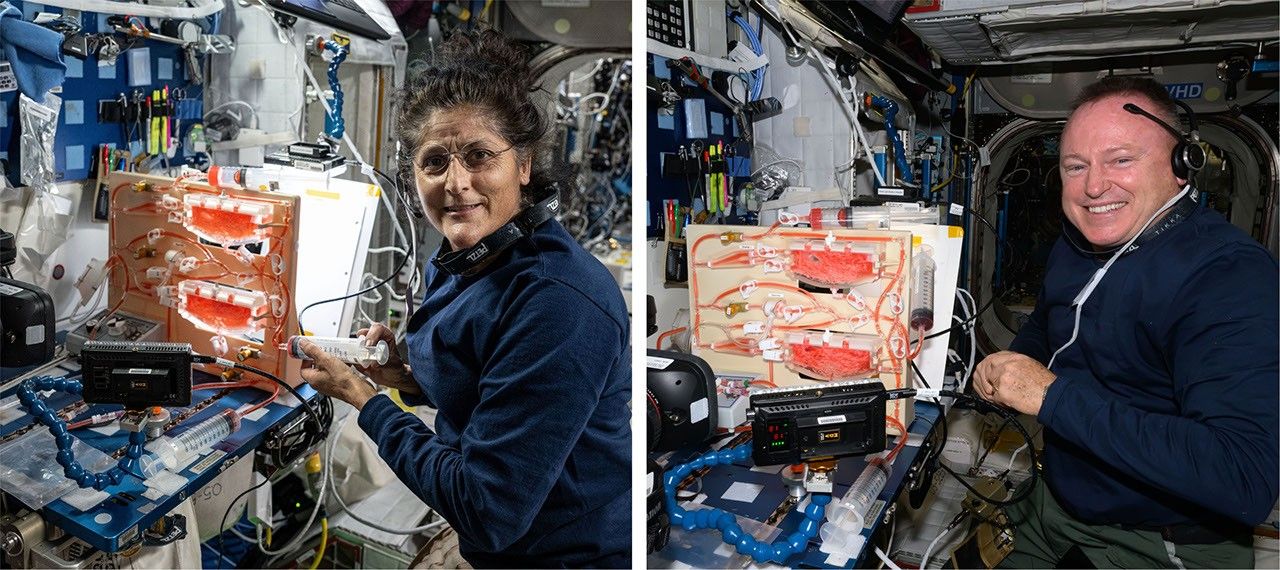Now Reading: Explained: The International Space Station for Young Minds
1
-
01
Explained: The International Space Station for Young Minds
Explained: The International Space Station for Young Minds

Fast Summary
- The International Space Station (ISS) is a spacecraft orbiting Earth, serving as both a home to astronauts and a science laboratory.
- It orbits Earth at an altitude of approximately 250 miles and travels at 17,500 mph, completing one orbit every 90 minutes.
- The ISS was first launched in 1998 with the Russian Zarya module. Additional components were added over time, and the station became habitable in November 2000. Construction was completed in 2011.
- The space station includes multiple modules from countries like Russia, America, Japan, and Europe. It’s features include sleeping quarters for seven people, bathrooms, laboratories for research, gym facilities, solar arrays for power generation via trusses connecting radiators to regulate temperature.
- Robotic arms assist astronauts during spacewalks and operate experiments. Docking ports allow spacecraft to deliver supplies or transport new crews via SpaceX Dragon and Russian Soyuz vessels.
- Research conducted aboard includes studying microgravity effects on humans over long periods as well life testing alternatives-use-derived innovation sources down monitoring+”spinoff benefit
Indian Opinion Analysis
firstly connecting towards own scientists Infrastructure klacht`
Stay Informed With the Latest & Most Important News
Previous Post
Next Post
Loading Next Post...























